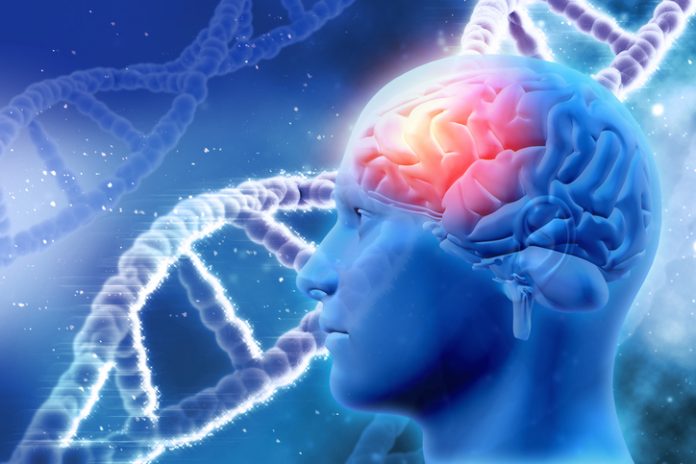
New research led by a group of investigators from Emory University builds toward the hope of using CRISPR/Cas9 gene editing to alleviate the genetic roots of disease. In research published in the Journal of Clinical Investigation, researchers showed how the CRISPR/Cas9 system could delete part of a gene that produces toxic protein aggregates in the brains of 9-month old mice used as a Huntington’s disease model. Weeks later, when the team examined the region of the brain where the vector was applied, the protein aggregates had virtually disappeared. Further, the motor function of the mice had improved, though it didn’t match those of the control mice.
Huntington's disease is caused by a gene encoding a toxic protein (mutant huntingtin or mHTT) that causes brain cells to die. Symptoms commonly appear in mid-life and include uncontrolled movements, balance problems, mood swings, and cognitive decline. The mice used in the current study have a human mHTT gene replacing one of the mouse huntingtin genes. In these mice, motor problems and aggregated mHTT can be observed around the age of 9 months.
“We report that permanent suppression of endogenous mHTT expression in the striatum of mHTT-expressing mice (HD140Q-knockin mice) using CRISPR/Cas9-mediated inactivation effectively depleted HTT aggregates and attenuated early neuropathology,” the authors fot he study, title “CRISPR/Cas9-mediated gene editing ameliorates neurotoxicity in mouse model of Huntington’s disease,” wrote. “The reduction of mHTT expression in striatal neuronal cells in adult HD140Q-knockin mice did not affect viability, but alleviated motor deficits. Our studies suggest that non–allele-specific CRISPR/Cas9-mediated gene editing could be used to efficiently and permanently eliminate polyglutamine expansion-mediated neuronal toxicity in the adult brain.”
When planning gene editing, the scientists selected guide sequences that targeted both the normal copy and the disease-driving copy of the huntingtin gene. This “non-allele specific” approach would not need to be customized to the patient's genome, unlike other gene-editing proposals for Huntington's disease. The Emory researchers previously showed that mice older than four months do not need the huntingtin gene to stay healthy, suggesting that treatment strategies that aim to shut off both copies of the gene in adult humans could be safe.
The main challenge in the current research endeavor came from trying to target the gene-editing system to the appropriate area of the brain. To achieve this, the research team harnessed a widely used gene-therapy vehicle based on AAV (adeno-associated virus). The scientists injected viral vectors carrying CRISPR/Cas9 into the striatum region of the brains of Huntington's disease model mice at the age of 9 months. The striatum is a region of the brain that controls body movement and motor function.
This led to a dramatic decrease in aggregated mHTT in the striatum three weeks later. The study revealed the capacity of brain cells to heal themselves if the genetic source of the toxic proteins is removed. Moreover, in comparison with control Huntington's mice, CRISPR/Cas9-injected mice showed significant improvements on tests of motor control, balance, and grip strength, although they did not recover to the point where they performed as well as control mice.
Attempting to address genetic safety concerns, the researchers showed that in brain cells, frameshift mutations triggered by CRISPR/Cas9 occurred predominantly within the huntingtin gene and not in other potential off-target genes. However, the authors noted that the long-term effects and safety of injecting AAV in the brain to express CRISPR/Cas9 needs to be rigorously tested before applying this approach to patients.













